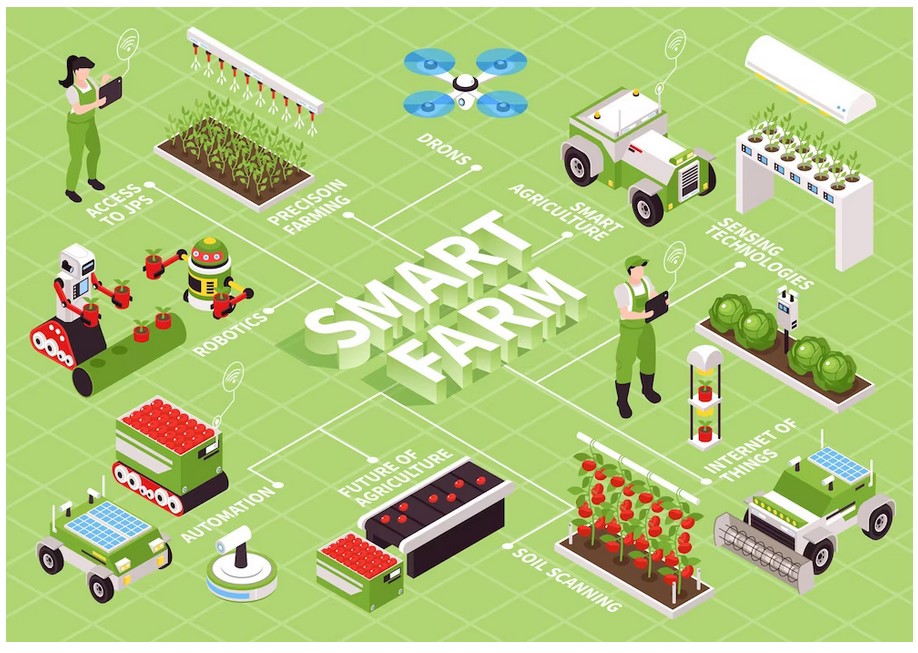Multilingual Language Models
Communication is highly complex, with over 7000 languages spoken across the world, each with its own intricacies. Most current natural language processors focus on the English language and therefore either do not cater to the other markets or are inefficient. The availability of large training datasets in different languages enables the development of NLP models that accurately understand unstructured data in different languages. This improves data accessibility and allows businesses to speed up their translation workflows and increase their brand reach.[1]
Lingoes offers No-Code Multilingual Text Analytics Finnish startup Lingoes makes a single-click solution to train and deploy multilingual NLP models. It features intelligent text analytics in 109 languages and features automation of all technical steps to set up NLP models. Additionally, the solution integrates with a wide range of apps and processes as well as provides an application programming interface (API) for special integrations. This enables marketing teams to monitor customer sentiments, product teams to analyze customer feedback, and developers to create production-ready multilingual NLP classifiers.[1]
NLP Cloud is a French startup that creates advanced multilingual AI models for text understanding and generation. They feature custom models, customization with GPT-J, follow HIPPA, GDPR, and CCPA compliance, and support many languages. Besides, these language models are able to perform summarization, entity extraction, paraphrasing, and classification. NLP Cloud’s models thus overcome the complexities of deploying AI models into production while mitigating in-house DevOps and machine learning teams.[1]

Figure .1 Multilingual language models
Figure 1 shows Multilingual language models are natural language processing models that are trained on multiple languages. These models are designed to be able to understand and generate natural language in multiple languages, which can be particularly useful in multilingual contexts or for individuals who speak multiple languages.
Some of the most notable multilingual language models include:
- Google's Multilingual BERT: This is a variant of Google's popular BERT (Bidirectional Encoder Representations from Transformers) model that has been trained on 104 different languages.
- XLM-R: This is a multilingual language model developed by Facebook AI Research that has been trained on 100 different languages.
- mT5: This is a multilingual variant of Google's T5 (Text-to-Text Transfer Transformer) model that has been trained on over 100 languages.
- M2M-100:This is a multilingual language model developed by Facebook AI Research that has been trained on 100 different languages, and is designed to be able to translate between any pair of these languages.
Multilingual language models have a wide range of applications, from machine translation and text summarization to chatbots and virtual assistants that can understand and generate text in multiple languages. They also have the potential to help bridge linguistic barriers and facilitate communication between individuals who speak different languages. However, it is important to note that multilingual language models may still have limitations in their ability to accurately capture the nuances and cultural context of different languages.
References:
- https://www.startus-insights.com/innovators-guide/natural-language-processing-trends/ - virtual-assistants
Cite this article:
Janani R (2023), Multilingual Language Models, AnaTechMaz, pp.226















